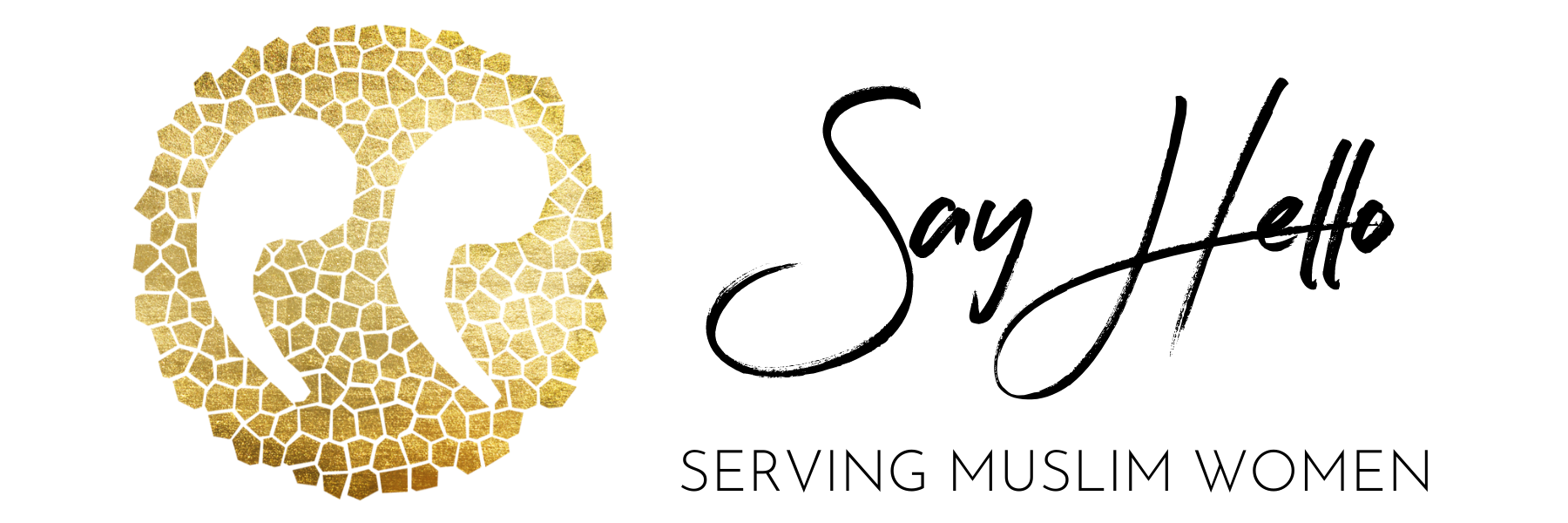Easter's Lamb
Easter is a time for reflecting. Gratefully we remember Christ’s cross, His very temporary grave, and the truth of His glorious resurrection.
Easter images filter into our celebrations in many ways. One of my favorites is the “butter lamb” some of us still incorporate into our Easter feast. These days some stores will still sell the ready-made ones, but some of us make them ourselves. We load soft butter into a lamb mold, refrigerate it, remove the lamb shape from the mold, and set it on our specially set Easter meal table, right next to the basket of hot yeast rolls we’ve been salivating for since that part of the pastor’s Sunday Easter sermon where our minds ever so briefly wander into thoughts of lunch.
The butter lamb is a very special addition to our meal. No one really talks about it, but every time someone says, “Pass the butter, please,” the rest of us are subtly reminded that Jesus is the “lamb of God, who takes away the sins of the world” (John 1:29).
My husband tells a lovely lamb story that dates back to our years in Central Asia, when he was visiting with a local Christian from Muslim background. Tim* had left Islam and had made this Lamb of God the Lord of his life.
My husband and a colleague were invited to Tim’s house for a meal. Tim called them his “guests of honor.” These honorable guests found out what that meant when Tim presented the meal’s featured dish. He beamed with pride as he placed a cooked head of lamb before them.
My husband remembers his initial astonishment when he saw a perfect cross carved into the lamb’s forehead. It was etched skin-deep, vertically from the top of the head to the middle of the nose and horizontally above the eyes from one one side of the forehead to the other. My husband asked Tim to explain the carving’s significance.
Tim explained that for the most part, Kazakh people always carve a cross into a lamb’s head when they prepare to serve it for a meal. He explained that Muslims in his part of the world will say they do it because it’s what their ancestors have done for as long as can be remembered, though they don’t know the reason behind the practice.
Tim, however, suspecting a connection between the practice and his personal Christian faith, had sought an answer to the question early on. In his readings about the history of the Church of the East he learned that centuries ago Nestorian missionaries came east on the Silk Road and brought the Gospel to Tim’s ancestral people group. When they heard that Jesus was the Lamb of God who took away their sins, they decided they would always carve the cross in the forehead of the lamb they ate in remembrance of Him, this Lamb of God, who had become their every meal’s honored guest.
My husband treasures this bittersweet moment. He remembers, “As we pondered the powerful truth Tim was sharing, he began to cut and serve pieces of the lamb’s head. He began by cutting off the ears and passed them to my colleague and me. Other pieces of the lamb’s head were served on down the line, until everyone had a special share.”
He goes on to say, “I was touched as I thought of the past’s believers who instituted this practice. I also thought of how the surge of Islam in Central Asia obliterated the meaning of the cross on the lamb’s head because Islam says that Jesus, the Lamb of God, did not die there."
How critical it is that Christ followers everywhere serve Muslims the good news of the Lamb of God’s provision for them on that cross! He bore their sins upon it, so that they might have assurance of heaven with Him.”
This Easter, as we gratefully reflect on this important time with family, friends and colleagues, we also remember the hundreds of millions of Muslims who have yet to be served the Truth about this Lamb of God. May the Holy Spirit lead and empower us until all are served, wherever they be found.
Look, the Lamb of God, who takes away the sin of the world!
John 1: 29

